Who knows what the backwoods of Kentucky hide these days. Illicit stills? Bootleggers? The skeletal remains of lost tourists? Raylan Givens? Point being, this hilly, northern part of Kentucky is largely empty, shot through with narrow, scraggly roads, and defiant of all the best attempts to map one’s way using the latest technology. On the rainy, autumn day in which I found myself driving into the hinterlands south of Bardstown in search of Maker’s Mark distillery, I wondered, for a brief moment, if this might be my swan song, my last foray into the unknown in search of uisge beatha and the difference between Scotch and Bourbon.
Eventually, perhaps by the grace of Bacchus, I rolled into the Maker’s Mark parking lot as rain pattered on the windshield. I had found Loretto. The Maker’s Mark distillery is a collection of characterful buildings standing in the middle of 600 acres – a kind of Bourbon enclave – literally in the middle of nowhere (if Google can’t find it…). What in the world could possess a man to start distilling here?
It wasn’t long before I was handed a folder of marketing materials and ushered onto a tour group of about 20 people. The weather had taken a wintry turn, and as the winds picked up so did the speed of our guide’s monologue. The backstory of Maker’s Mark is quite interesting, even in an industry where every distillery seems to have a roguish, intriguing past. Bill Samuels Sr. founded Maker’s Mark in 1953, and the first bottle of Maker’s Mark was sold in 1958, but the story is much older than that. Bill Samuels Sr.’s ancestors were Scottish-Irish immigrants from way back in the 18th century with a little whisky recipe they cooked up for themselves and close friends. This recipe was handed down through the generations until T.W. Samuels started a commercial distillery in 1840.
The recipe filtered down through the ages until it reached Bill Samuels Sr. Suffice to say, he was not impressed with the family whisky, so he ceremoniously burnt the recipe, sold his family’s T.W. Samuels distillery, and began baking bread. Bread? Yes, bread. You see, Bill Samuels Sr. still wanted to make whisky, but he wanted a whisky that was not pedestrian, and he devised his new recipe by tasting various grains in bread. After untold loaves, Bill Samuels Sr. had his new Bourbon recipe, which featured wheat as the star flavor, and a newly-purchased distillery churning out barrels of newmake. In case you were wondering, Maker’s Mark refers to their product as “whisky,” as in the Scottish tradition (*gasp*).
Bill Samuels Sr. liked this existing distillery because it’s water source was a pure, 10-acre lake free from run-off and pesticides. At a higher level, the whole of southern Indiana and norther Kentucky sits on a giant limestone shelf that filters out iron from the water, which can lend a bitterness to whisky. Bitterness was entirely unacceptable to Mr. Samuels because what he sought was an easy-sipping whisky full of sweetness, pure and simple. As such, Maker’s Mark grinds down their mash bill, which is composed of 70% corn, 16% soft red winter wheat, and 14% malted barley, with a roller mill that yields a rough texture full of sweetness. Other distilleries prefer to use a hammer mill that powders the grains, but this, too, can introduce bitterness by scorching the grains.
The Maker’s Mark mash starts by bringing the corn and water to a boil before dumping in the wheat once the temperature has reached 160F. After all the grains have had a chance to mash for 3.5 hours, the wort is piped into open-topped, 100-year-old cyprus and stainless steel fermentation vessels where the same strain of yeast Bill Samuels Sr. used in the 50s joins the party. The mashmen also add some acidic backset (grain residue left over from previous distillation), which adds flavor and uniformity to the mash.
Once the minds at Maker’s Mark have their brewer’s beer, it is time for distillation. Maker’s Mark uses a double distillation process, just like they do in Scotland, in copper stills, though the first distillation happens in a column still. The spirit running off that still is a hefty 120 proof, and it rises to 130 proof by the time it spills off the pot still during the second distillation. This is a smaller cut than other distilleries in Bourbon country, but then they’re looking for flavor over alcohol here.
The newmake spirit is cut down to 110 proof before being filled into charred, white oak barrels from the down the road in Lebanon, Kentucky. Our guide tells us that Maker’s Mark is aged to flavor, which is a clever way of saying you don’t judge a whisky by its age. Most of Maker’s Mark spends between 5.75 and 6.5 years in the barrel, however, which is long for an entry-level Bourbon.
These warehouses have no insulation, so the heat of the summer and the cold of the winter have their way with the whisky. Maker’s Mark views Kentucky’s climate as great for the aging process. The vast temperature variations cause a lot of respiration in the barrels – the staves suck in the whisky during the summer and spit it out in the winter. Flavor and color develop from this process. It’s an interesting counterpoint to Scotland, where distilleries laud northern Britain’s stable temperatures for their uniform effect on the aging process. The varying viewpoints certainly coincide with the different grains and wood used by these respective industries.
Each warehouse holds 20,000-30,000 barrels, which must be troublesome for Maker’s Mark’s warehouse workers. They start barrels at the top of warehouses where it’s less humid and warmer and finish them off at the bottom. That takes a lot elbow grease. In total, Maker’s Mark estimates they have 200,000-300,000 barrels aging on site.
After leaving the warehouse, we pop into the Maker’s Mark’s bottling line where get a look at their signature wax-dipping station. The story goes that Mrs. Samuels thought her husband’s Bourbon should have the same classy wax seal that good cognacs had. In fact, she designed the entire bottle and label, and even came up with the Maker’s Mark name. She used to collect pewter works of art, and each piece had the maker’s mark on the bottom. Why shouldn’t their whisky have a maker’s mark? In case you’ve ever wondered about that little circle with star and “s iv” on the label, allow me to explain. The “s iv” stands for “Samuels fourth generation,” and the circle and star was the cattle brand from Star Hill Farm, which was the farm the Samuels owned before starting Maker’s Mark.
Maker’s Mark stuck to its guns for 52 years, making only their eponymous whisky. Then, a few years back, they introduce Maker’s 46. Maker’s 46 is the same whisky as Maker’s Mark with the only difference being the addition of French oak staves in the barrel for its final 6-8 weeks of maturation in the winter. These toasted staves add a layer of complexity to the Bourbon reminiscent of a Sherried Scotch. No, the 46 does not represent the age of the whisky; rather, it was recipe #46 that turned out to be the winner for this new expression.
The hour-long tour concluded with a welcome tasting inside from the cold. We started with Maker’s White, which is their 90-proof unaged white dog. I’m not a big white dog fan, but this one is restrained in its sweetness while introducing a subtle cinnamon that contends with the powerful corn flavor. The core Maker’s Mark is very sweet with caramel and vanilla dominating across the tip of the tongue. It’s quite a smooth whisky – perhaps too smooth for me – that is highly drinkable, but I notice a slight sourness in the finish.
Amazingly, there’s a dram on the sheet labeled Maker’s Mark “Overmatured.” This Maker’s Mark has aged in the barrel for 10 years and is provided for us to notice the bitterness of over aging. Apparently wheat ages more quickly in the barrel and turns bitter. I find this to be a delicious dram with a rich, rye-like nose. It coats the back of my tongue and lingers like a proper Scotch. I’m not sure this exercise is as effective as Maker’s Mark had hoped. We finish the tasting with Maker’s 46, which packs loads of vanilla and notes of what I consider to be typical Sherried Scotch flavors (i.e., spices, dark fruits, chocolate). The 46 hovers on the tongue in a rich and satisfying way.
I appreciate what Maker’s Mark is doing. They have a tiny stable of whiskies and pursue their original vision to perfection. Along the way, they’ve recruited a horde of loyal fans. I tend to prefer Bourbons with a sizable rye content because I like the complexity of rye’s spiciness, but I can see times when I might want something really smooth and straightforward. Then I might lean over for that bottle of Maker’s 46. I’m really happy I found my way here (and my way out) because Maker’s Mark has given me another perspective on whisky.
Thankfully, it’s not my last.

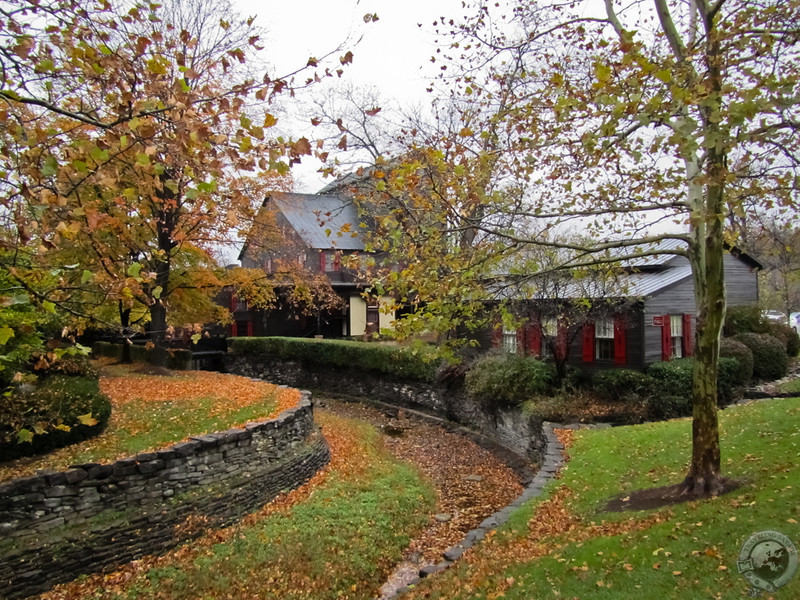
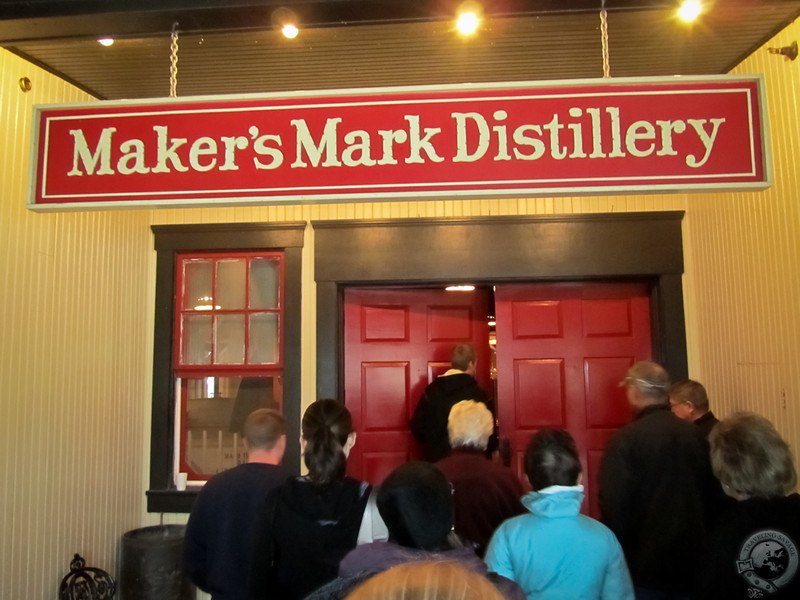
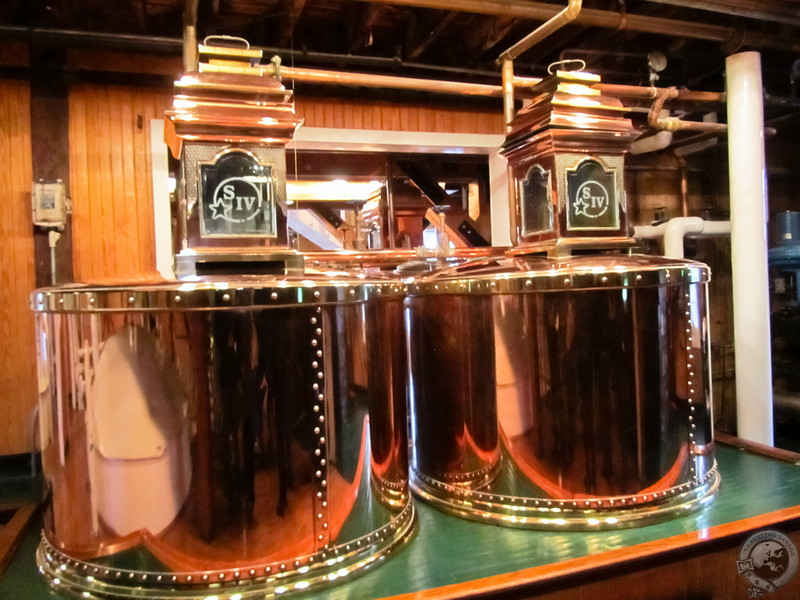
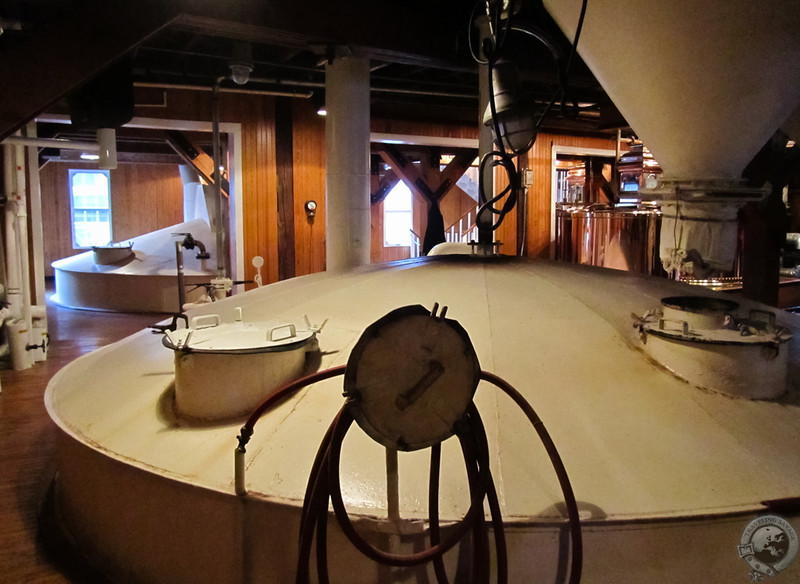
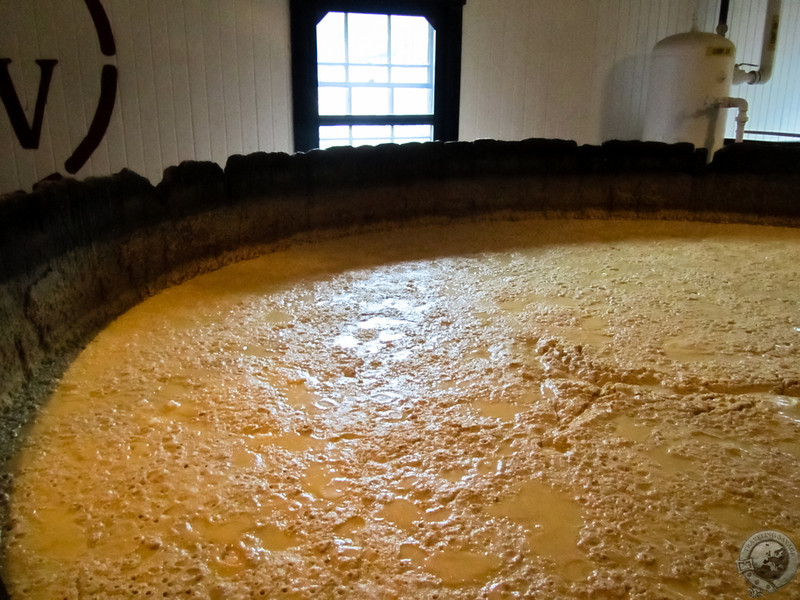
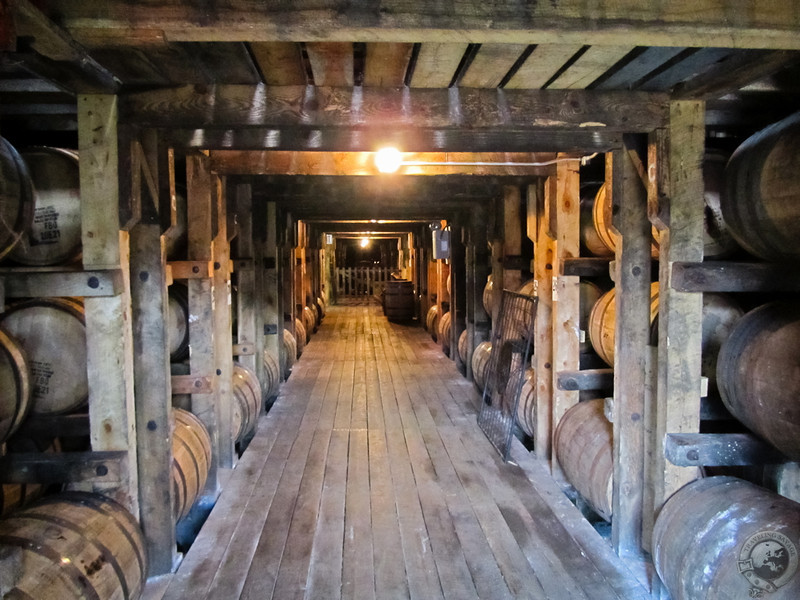
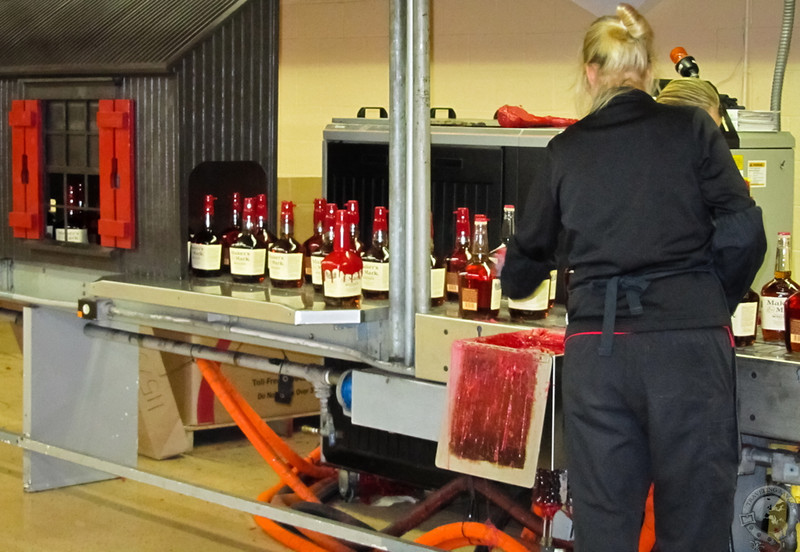
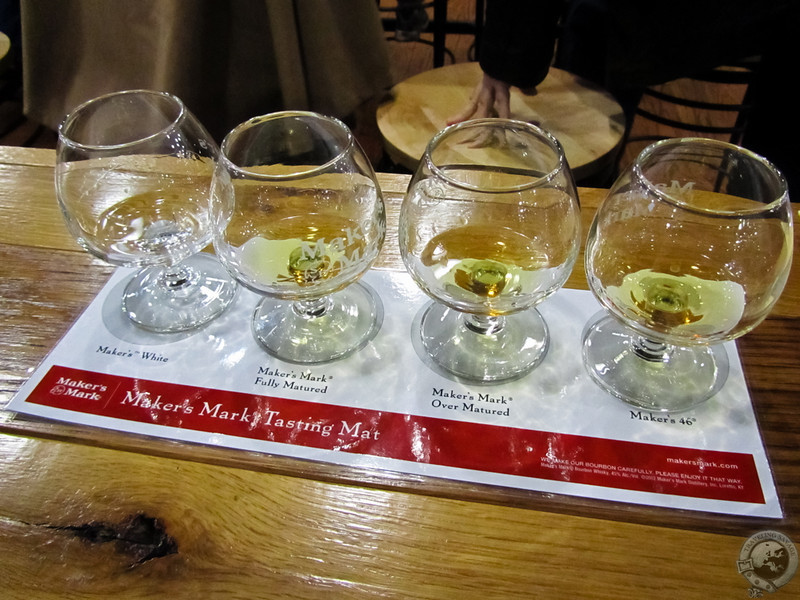
We love Rye whiskey! Any good bourbons with rye in them?
I can happily recommend Basil Hayden’s, Knob Creek, and Elijah Craig 12.
mmm whiskey
I’m not a huge fan of whiskey (however you spell it) but I do enjoy Makers Mark, enough that I became an Ambassador. This was an interesting post; it’s nice to know how much effort goes into their product.